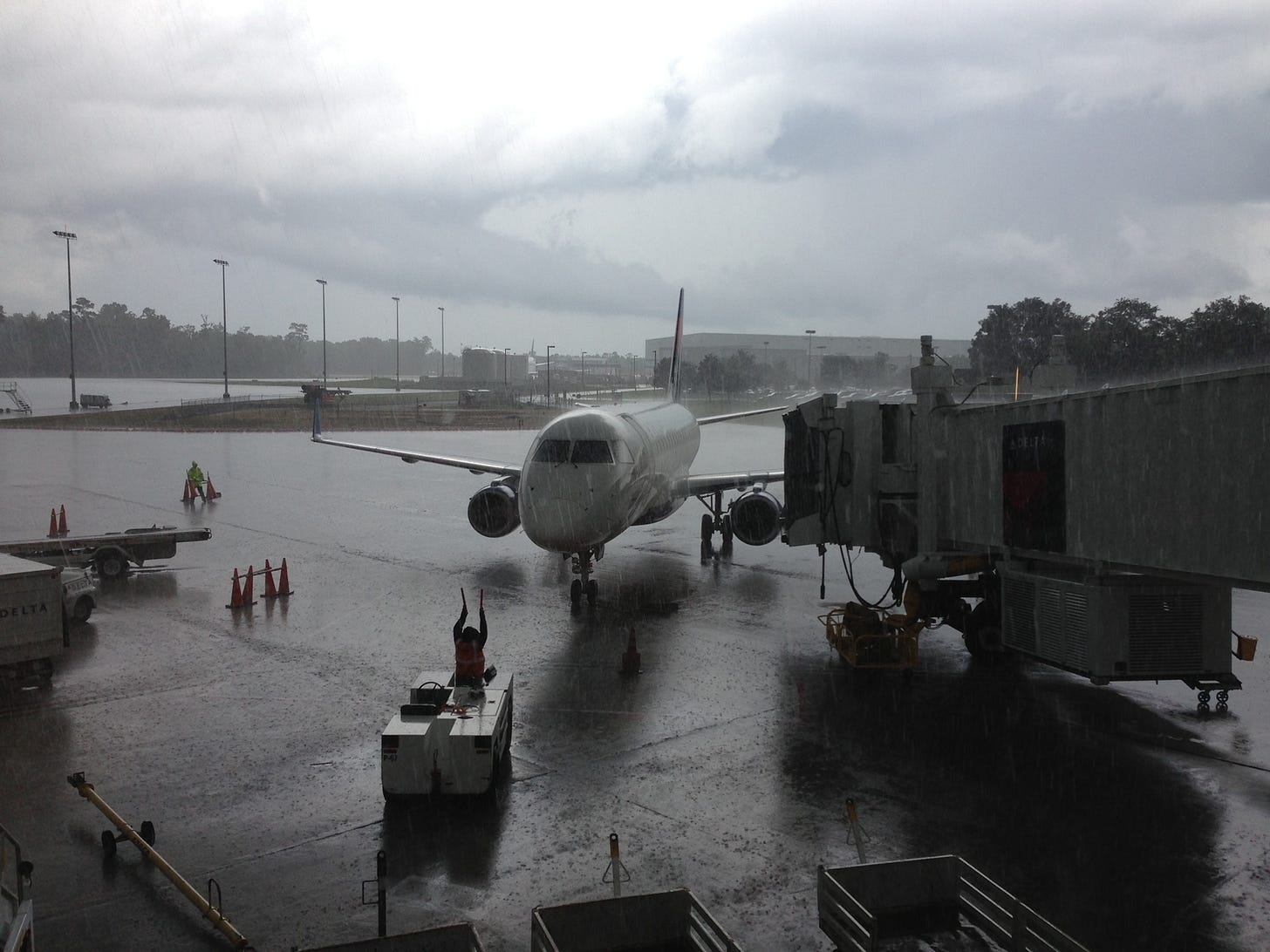Software Obsolescence, Misconfiguration, and Failure
Computer meltdowns are wreaking havoc around the world. Can database modernization help?
We have been reminded in the past few weeks of the costly and potentially dangerous implications of IT systems that are not well managed and maintained.
What’s the problem? And how can we fix it?
The Jan. 11 failure of the FAA’s antiquated Notice to Air Missions, or NOTAM, system resulted in a temporary shutdown and air-traffic delays across the U.S. The “meltdown” has been blamed on everything from outdated hardware to software misconfiguration to sheer obsolescence.
We need to know exactly what software, systems, and vendors were involved, but those details have been hard to come by.
It was the second transportation industry calamity in a few weeks. In December, Southwest Airlines was forced to cancel more than 16,000 flights during the busy holiday travel period. That fiasco was blamed on a legacy scheduling system, which had a spillover effect on phone support and other operations.
In a New York Times column, Columbia University professor Zeynep Tufekci sum…


